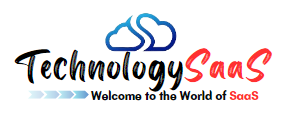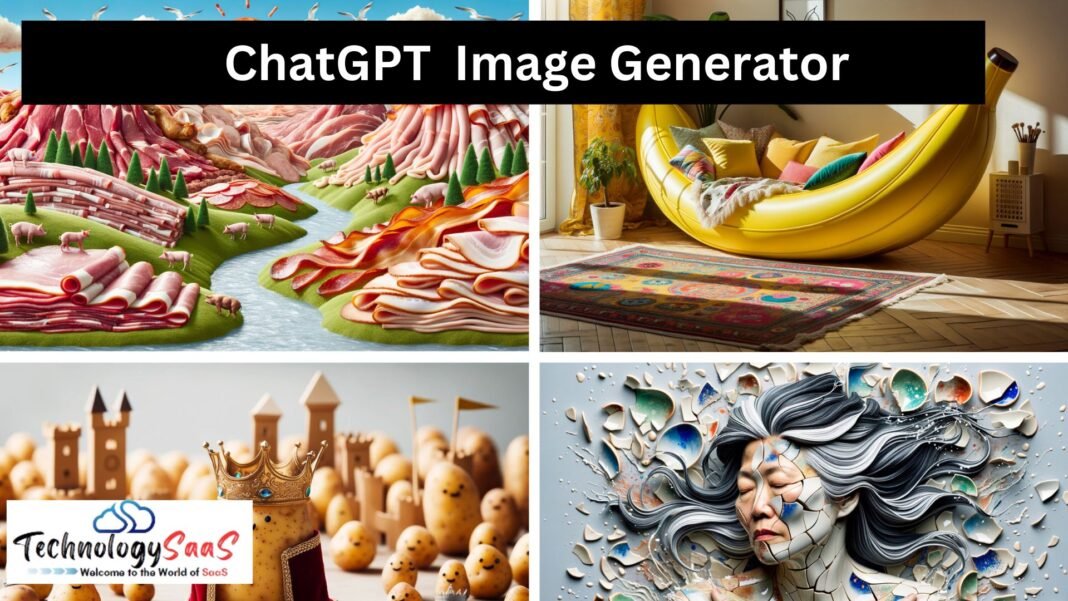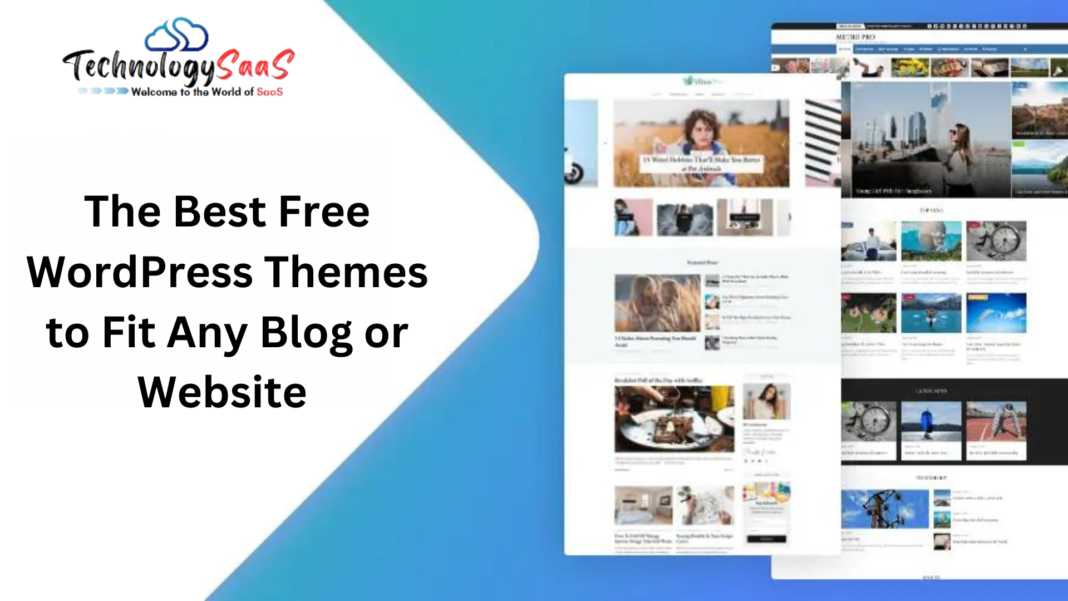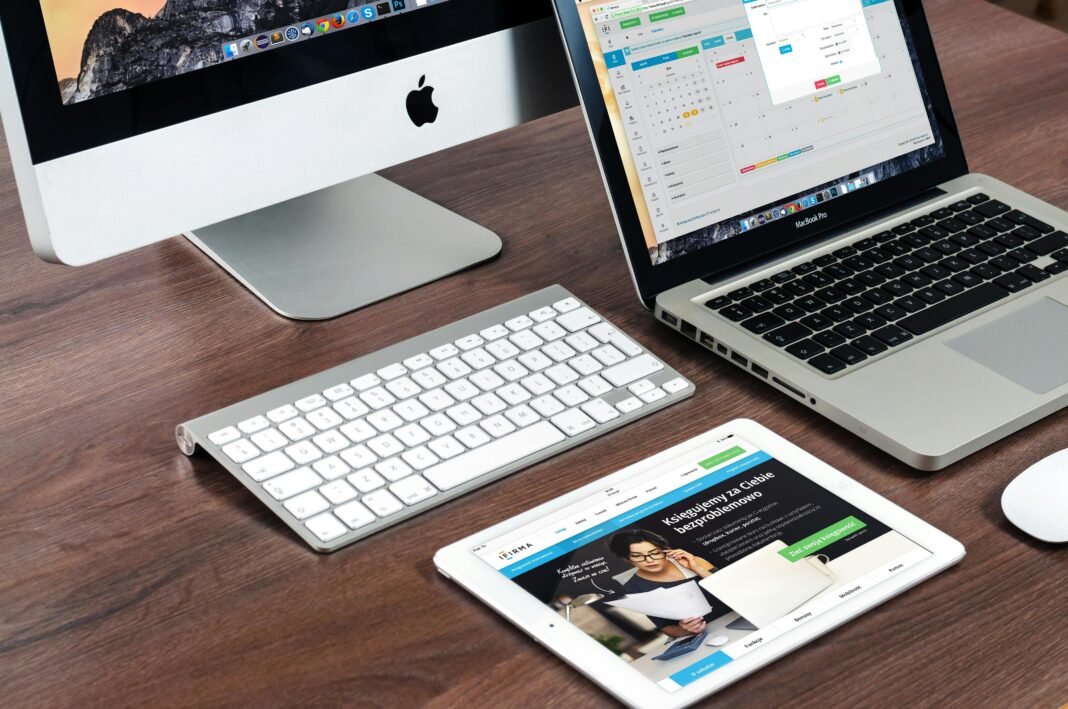ChatGPT Image Generator: Taking Hype to the Next Level
Have you ever dreamed of having your own personal artistic assistant – one that could generate unique images based on prompts and descriptions?
With the rise of artificial intelligence tools, this kind of AI image generation is becoming more plausible.
In particular, a new use for the popular AI chatbot ChatGPT has emerged – using it as an image generator.
ChatGPT, developed by OpenAI, has taken the world by storm since its rollout in 2022. As one of the largest language models ever built, it’s set itself apart through its conversational abilities and general knowledge. Since its debut, users have found creative new ways of interacting with ChatGPT beyond just natural language conversations. Some have even started using it to generate original images based on text descriptions.
How Does ChatGPT Image Generation Work?
While ChatGPT itself does not have the capability to produce images, it uses its language understanding to interface with stable diffusion image generation models. When prompted with a request to generate an image, ChatGPT will provide a response with instructions on how to interact with an image generation web app like https://huggingface.co/spaces/stabilityai/stable-diffusion. The user can then provide a text prompt in the designated space to have an image produced.
ChatGPT helps guide the process and provides tips on crafting effective image prompts. Things like including detail, avoiding ambiguity, and focusing prompts work best for stable diffusion models. It will even offer critiques and suggestions to improve successive attempts. With ChatGPT’s assistance, users are able to leverage state-of-the-art AI art generation tools without needing any technical expertise themselves.
The images created through this ChatGPT-led process can range widely in subject matter and style based on the descriptive text. Prompts help determine if the output will be realistic, or artistic, feature certain objects or scenes, and so on. Some examples of images successfully generated this way include portraits, landscapes, fictional characters, architecture, and more. ChatGPT aims to translate natural language descriptions into an effective format for the underlying diffusion models.
Tips for using Chat Gpt Image Genetor Like a Pro
Here are some tips for using ChatGPT as an image generator like a pro:
- Be as specific and descriptive as possible in your text prompts. Vague prompts will result in unclear, ambiguous images.
- Include details about compositions, lighting, colors, textures, sizes/scales of objects, background elements, etc. The more information, the better the outcome.
- Keep prompts concise while hitting on key visual elements. Too lengthy and complex prompts may confuse the models.
- Test different wording and phrasing – descriptions interpreted differently can yield varied results.
- Provide contexts to help focus scenes, like indoor vs. outdoor, and natural vs. manmade settings.
- Consult ChatGPT on improving prompts – it can suggest edits to refine descriptions.
- Experiment with generating the same scene in multiple styles, e.g. photorealistic, artistic, and abstract.
- Give the AI creative room where applicable rather than over-dictating every detail.
- Refine prompts iteratively based on previous images – build on what worked well.
- Use embedded images as additional context when re-creating specific scenes or people.
- Try alternative image-generating models for different capabilities. Not all work equally for every prompt.
- Be aware of the dangers of manipulated imagery and ensure proper oversight of AI art systems.
Mastering ChatGPT image generation takes practice but with robust text descriptions and prompt refinement, the results can surpass a typical user’s expectations. With experience, let your imagination guide vivid new AI-assisted creations.
Pushing Creative Boundaries with AI Art
Creative types have been having lots of fun generating cool images with ChatGPT. But some folks are taking it to the next level by stretching what these AI systems can do. Through experimenting, collaborating, and constant tweaking, they’re finding new ways to push the limits.
A few artists are combining different subjects, styles, and ideas into single prompts just to see what wild hybrid pictures the AI can spit out.
For example, one generated an imaginative landscape mixing fantasy creatures from myths with a futuristic city at dusk – pretty neat! Playing with mashups like this challenges the systems to integrate unique visual mixes.
Others focus on describing surreal or imaginary scenes in vivid detail. This inspires the AI to create some truly trippy digital paintings! The results have even been turned into giant exhibition prints, showing the beauty these tools can produce when paired with an active imagination.
Some go beyond taking the initial AI picture as-is. Using editing software, they refine raw algorithm creations into polished hybrid digital/traditional mashups. Through this human-machine teamwork, the full creative potential of both sides comes alive.
Drawbacks and Concerns of Chat GPT Image Generator
While the AI art generation holds promise, there are also limitations and risks to consider with ChatGPT’s image capabilities. The quality and specificity of prompts play a major role in the success of the output. Vague or ambiguous instructions tend to result in blurry or confusing images. Additionally, diffusion models require updating and improvements over time to enhance their skills.
Ethical concerns have also been raised around AI art and deepfakes. There is potential for AI-generated images to be used to deceive or spread misinformation if not properly regulated. Bias and representation in the training data could also influence what types of content the models are best or worst at producing. Proper oversight will be needed as these tools continue advancing.
Conclusion
For now, using ChatGPT Image Generator as an assistant for AI image creation presents an exciting demonstration of what’s possible at the intersection of natural language processing and computer vision.
It opens up artistic expression through technology to many more people. However, challenges around prompt design, model limitations, and regulation will need ongoing attention from researchers and policymakers.
As AI and human creativity continue collaborating in new ways, the full promise and responsibilities will take time to unfold. But initial experiences like ChatGPT image generation provide a glimpse at our future with increasingly capable creative partners.



